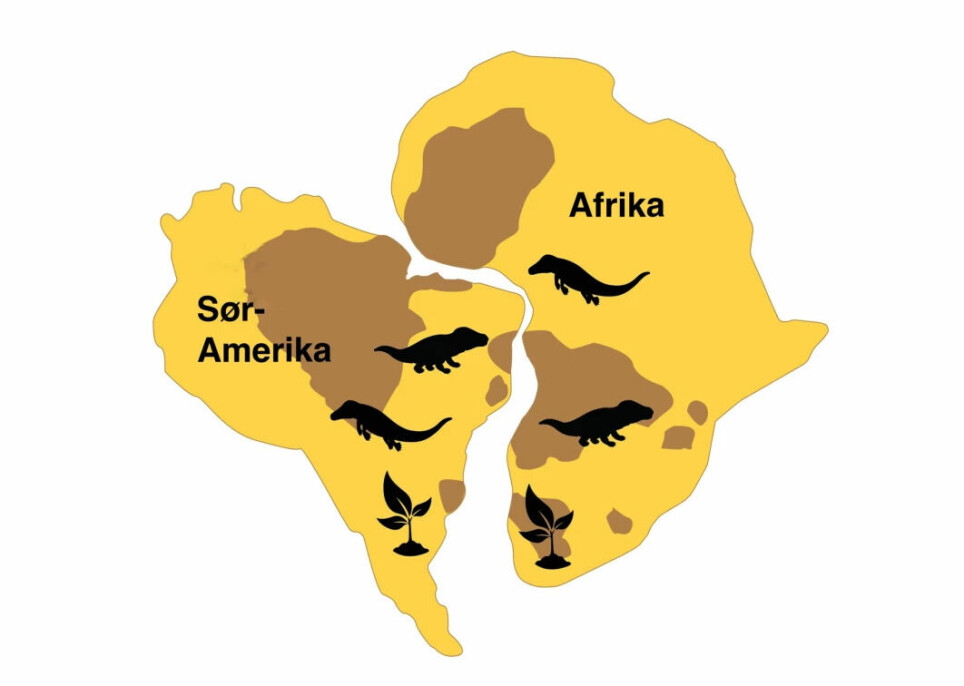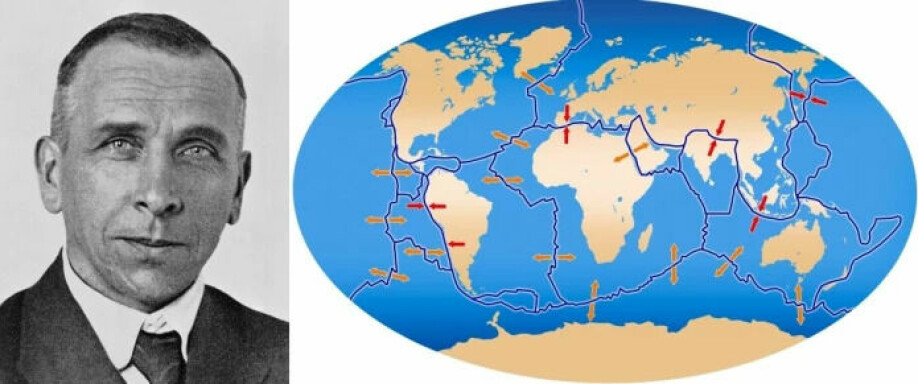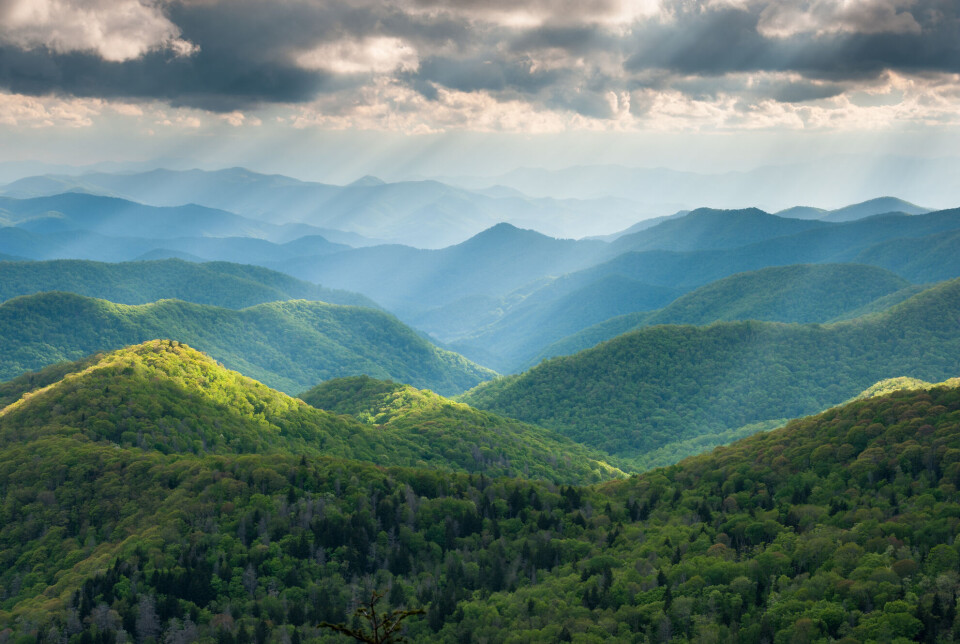
A boy looked at the globe — and found the explanation for earthquakes
But many years would pass before scientists would listen to him. His explanation was too unbelievable.
You may have looked at a globe or a world map and thought exactly the same as the young German boy Alfred Wegener did:
South America and Africa almost look like two puzzle pieces that could fit together.
If you look closely, you will see the same fit between Greenland and Norway.
Here lies the explanation for earthquakes and volcanoes, and how large mountain ranges can be pushed up from the Earth's crust.
A curious boy
Alfred Wegener was born in the German capital, Berlin, in 1880. He was a smart boy and good at school.
And he was curious.
His curiosity about whether Africa and South America might have been connected did not diminish when he heard about something that scientists of the time could not explain:
They had found exactly the same ancient fossils of animals and plants that lived many millions of years ago on both of the two continents that now lay far apart, on opposite sides of the Atlantic Ocean.
Alfred became even more convinced of his idea when researchers also found exactly the same rocks on both continents.

A single giant continent
In 1915 — when he was 35 years old — Wegener published a book titled The Origin of the Continents and Oceans. He explained his theory thoroughly in this text.
Alfred proposed that many millions of years ago, all the continents on Earth were connected in one single giant continent. The rest of the Earth was covered by a huge ocean.
Then parts of this giant continent began to pull away from each other very, very slowly.
This is how the Earth's surface with today's continents and oceans has come to look like it does now, Alfred thought.
Was believed 30 years after he was dead
Unfortunately, not many people would listen to such a fanciful theory.
It wasn't until the 1960s – almost 30 years after Alfred Wegener died while on a research expedition to Greenland – that his theory was accepted by most other scientists who are experts on the subject.
The experts then decided to give the giant continent where the dinosaurs had roamed a name that Alfred had come up with: Pangaea.

Explains both earthquakes and volcanoes
When other scientists finally understood that Wegener was right, and that the continents and oceans actually lie on top of large plates that move very slowly around on top of the warm and almost liquid interior of the globe, they also understood something else.
These movements create stresses in the Earth's crust. Tensions that sooner or later must be released.
Those tensions will cause an earthquake.
Lava can also come gushing out of volcanoes from fissures between the plates.
Mountain ranges result from collisions
The Himalayan mountain range and the world's highest mountain, Mount Everest, have been pushed up out of the ground. The reason is because the plate that India is on is crashing into the Asia plate on top of it.
In the same way, the European mountain range, the Alps, was pushed up when Africa was pushed northwards towards Europe.
The Pacific Ocean is ringed by many volcanoes and frequent earthquakes. Several large plates under the Pacific Ocean push out on all sides.
The country of Turkey sits atop its own little plate. It is being compressed from several sides. That’s why Turkey is one of the places in the world that has the most large earthquakes.
Mountain ranges, earthquakes and volcanoes are often connected. You can easily find one, two or all three where the continental plates meet. This often happens at the bottom of the world's great oceans. Earthquakes on the ocean floor can create huge tidal waves called tsunamis.
Norway is lucky to be far from where continental plates meet. That is why there are no volcanoes or large earthquakes in Norway.

Researchers who collaborate
Alfred Wegener trained to become a meteorologist, i.e., someone who studies weather and climate.
But he was interested in almost everything. Wegener threw himself into biology (animals and plants), geology (rocks and mountains), palaeontology (old fossils) and astronomy (space).
When Alfred Wegener got a job at the university in the city of Marburg, Germany, he became popular among the students because he was so good at explaining difficult things to them in a simple way.
But in Alfred Wegener's time, there were a lot of scientists who didn't like someone trying to figure out 'something they don't know about'. Researchers were supposed to be specialists in their respective fields. They should stop trying to understand or explain anything else.
Today, many researchers think quite the opposite.
Precisely by learning other things and by collaborating with others who are specialists in something completely different from what you study, you can become better able to discover something completely new.
———
Translated by Nancy Bazilchuk
Read the Norwegian version of this article on ung.forskning.no
































